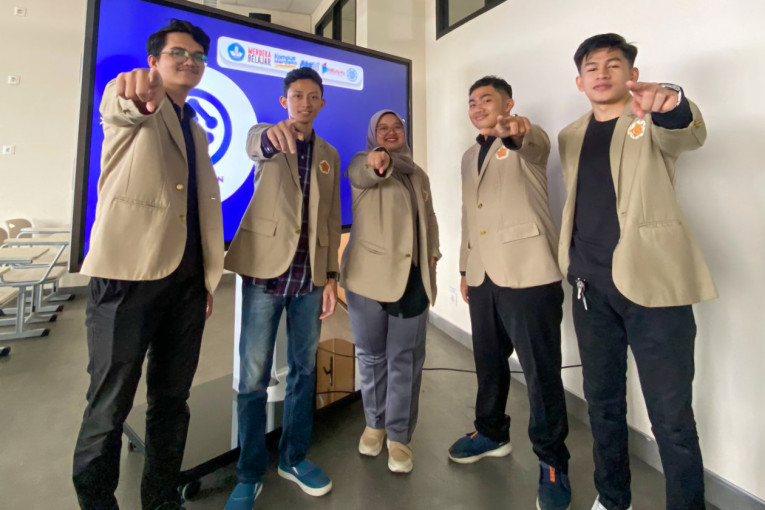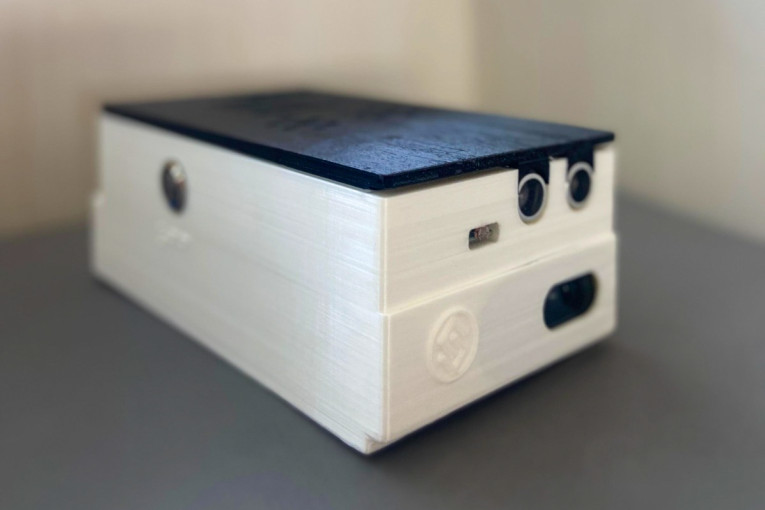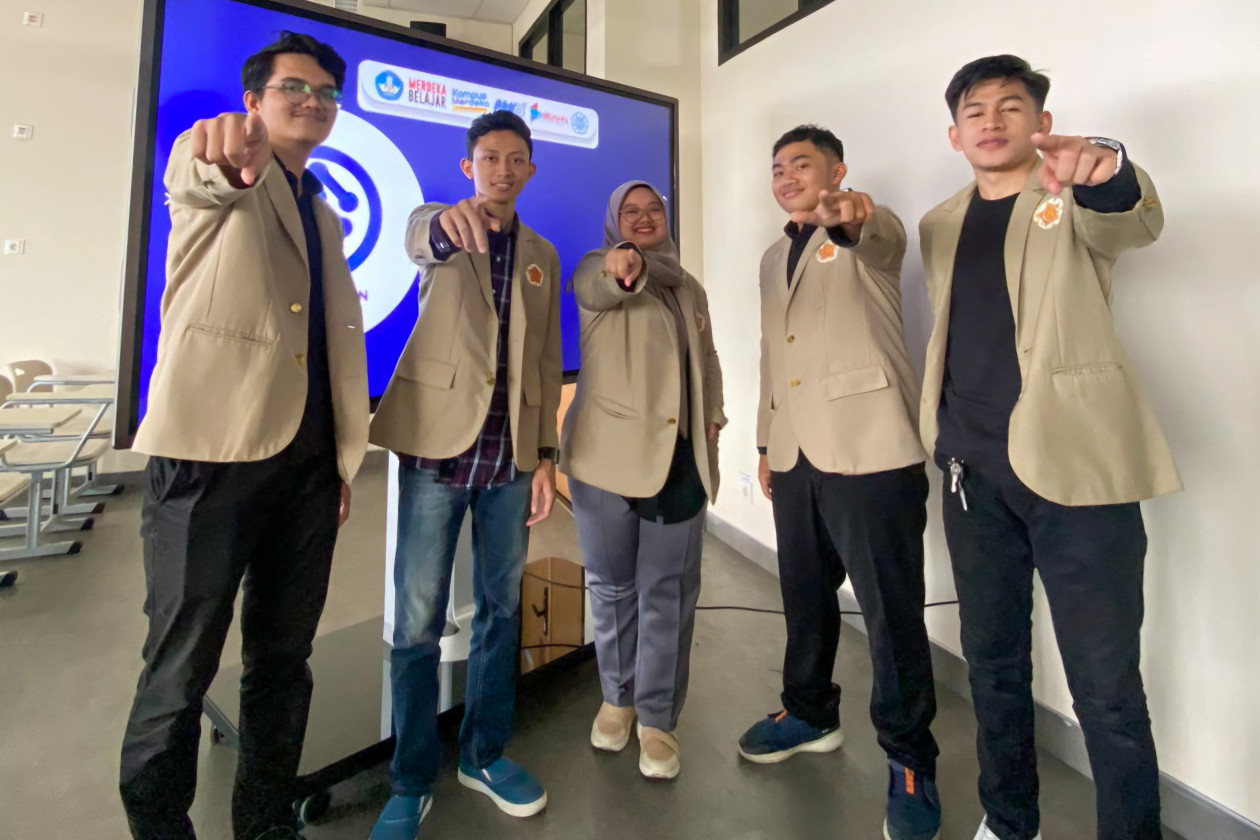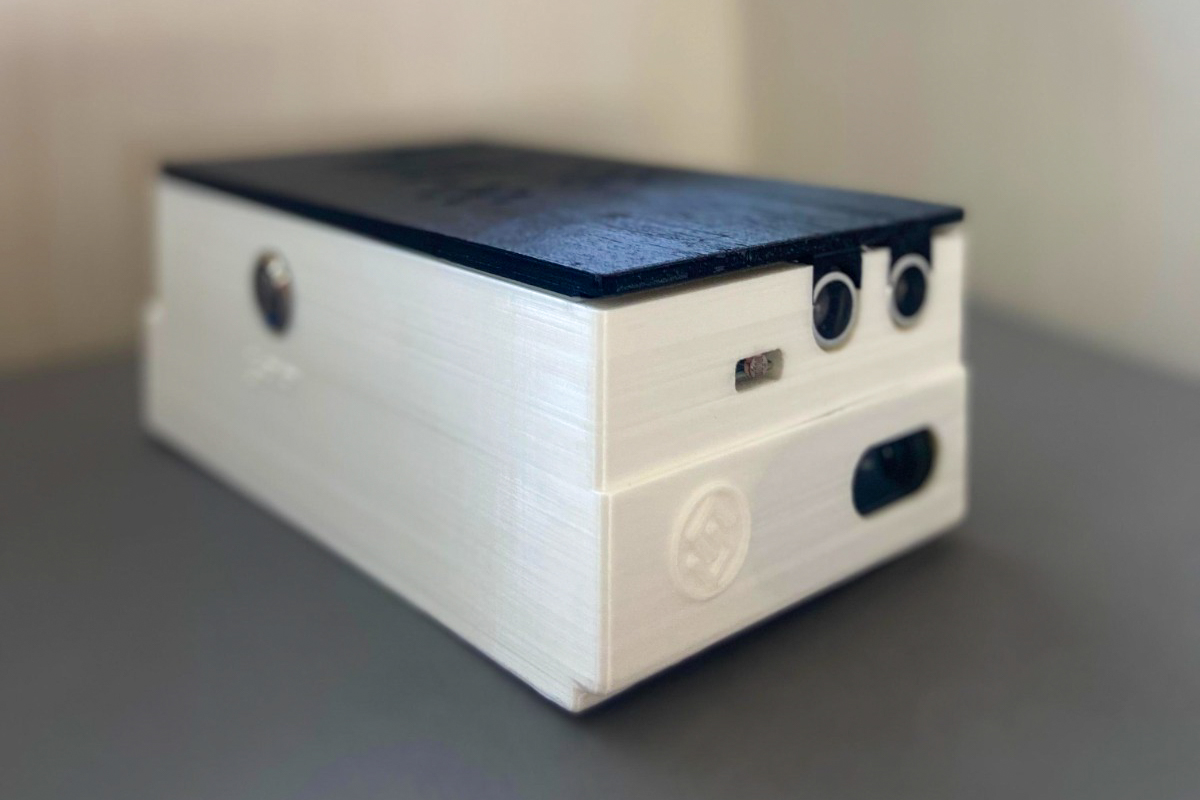A Student Creativity Program in Intellectual Creation (PKM-KC) team from Universitas Gadjah Mada (UGM) has introduced an innovation: a medication detection device based on deep learning algorithms with voice output.
This prototype, named SmarV (Smart Vision), is designed specifically to assist people with vision impairment to recognize, understand the uses of, and comprehend the usage instructions for detected medications through audio output.
The SmarV prototype results from a collaboration among five UGM students from various disciplines under Dr. Nur Abdillah Siddiq from the UGM Faculty of Engineering (FT UGM).
The SmarV team members are Wahyu Putra Ardana (Nuclear Engineering, 2022), Faundra Pratama Sukma (Information Engineering, 2022), Naurin Yara Zalilah (Pharmacy, 2022), Johan Pramudito Alexander (Information Engineering, 2022), and Muhammad Ikbal (Electronics and Instrumentation, 2023).
SmarV utilizes the latest deep learning algorithm, YOLOv9, to detect and recognize medications. This algorithm enables SmarV to quickly and accurately identify medicines and provide related information in audio format.
Users simply place the medicine in front of SmarV’s camera, and the device automatically recognizes the medication and delivers the information in a voice. The device also features sensors to enhance the camera’s detection accuracy and remind users to take their medicine at specified intervals.
Additionally, SmarV includes Internet of Things (IoT) features, such as sending WhatsApp messages to users and their caregivers or guardians about the detected medication and reminders to take it. This aims to monitor and prevent unwanted incidents.
The prototype also includes Braille for ease of use by people with vision impairment. It is portable and powered by a power bank. This feature is beneficial for individuals with vision impairment struggling with medication.
The benefits and goals of SmarV include recognizing the name of the medication to be taken, understanding the medication’s usage instructions (such as dosage and frequency), preventing medication errors and missed doses, improving adherence to medication schedules, and reducing reliance on others for managing their medication.
“The potential impact of SmarV is to enhance inclusivity for people with vision impairment in accessing health and medication information. This innovation provides convenience and safety in medication consumption and opens new opportunities in developing disability-friendly technology,” said Zalilah.
“In the future, SmarV can be adapted and further developed for various other health applications, making the daily lives of the visually impaired more independent and well-integrated into society.”
The SmarV team has demonstrated that beneficial innovations for the wider community can be created through interdisciplinary collaboration and the utilization of advanced technology. SmarV is a concrete example of how technology can be integrated to develop inclusive and sustainable solutions.
Author: UGM SmarV Team





